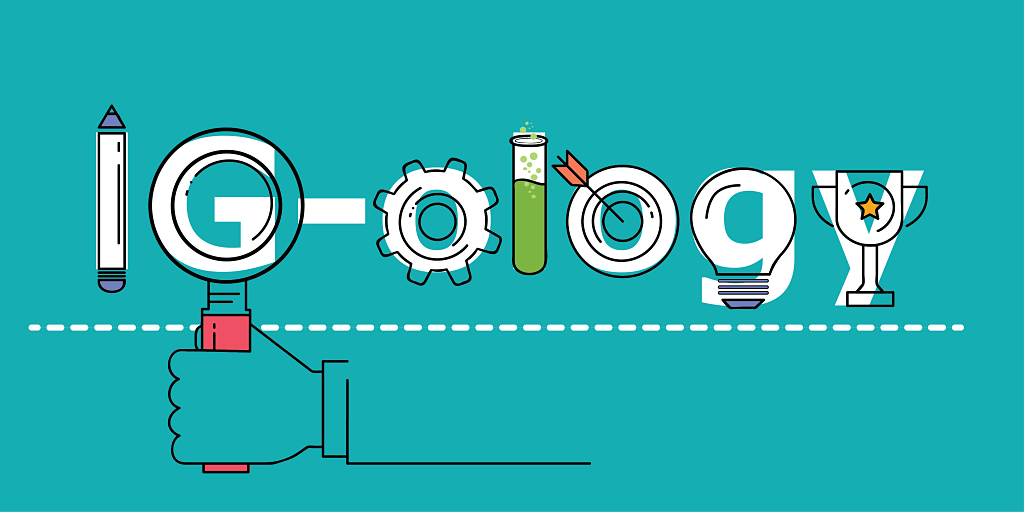
 At The Improve Group, we’re always looking for ways to be more person-centered in our work and our language. A recent project with the Minnesota Department of Human Services’ (DHS) Disability Services and Aging and Adult Services Divisions to create a toolkit for home and community-based waiver service providers served as a wonderful reminder about opportunities to make sure the way we communicate is person-centered. We believe that language shapes how we think about—and therefore—interact with other people, so using more equitable language as a society will have positive ripple effects in people’s lives.
At The Improve Group, we’re always looking for ways to be more person-centered in our work and our language. A recent project with the Minnesota Department of Human Services’ (DHS) Disability Services and Aging and Adult Services Divisions to create a toolkit for home and community-based waiver service providers served as a wonderful reminder about opportunities to make sure the way we communicate is person-centered. We believe that language shapes how we think about—and therefore—interact with other people, so using more equitable language as a society will have positive ripple effects in people’s lives.
If you haven’t come across the concept of person-centered planning before, here are the basics: Person-centered planning empowers people who need regular support, such as people with disabilities or older adults, to increase their own self-determination and independence. The focus for services is no longer simply on what is important “for” a person; instead, it’s also about what is important “to” a person.
Similarly, person-centered language puts people first and respects every individual’s worth, dignity, and unique strengths and qualities. Person-first language introduces the person first, and then offers more information about the person, rather than placing the primary focus on characteristics of the person. For example, person-first language would be “a person with a disability” rather than “a disabled person,” or “a person experiencing homelessness” rather than “a homeless person.” Person-first language prioritizes the individual before a characteristic that makes up only a part of that individual’s experience and/or identity.
The concepts of person-centered practices and person-first language are critical to our work with DHS as Minnesota implements the home and community-based services (HCBS) statewide transition plan. This plan will ensure that people have full access to their communities and lead lives integrated with their neighbors who are not receiving the same services.
As The Improve Group team collaborated on the recent provider toolkit project with our state counterparts, we appreciated the team’s thoughtfulness about the language they selected. It broadly informed their approach to the project, but it also appeared in specific ways. For example, the HCBS settings team made it a priority to refer to individuals simply as “people,” rather than “people receiving services,” and to avoid clinical, depersonalizing terms such as “setting” when we were really just talking about a person’s home.
We believe their forward-thinking emphasis on person-centered language will have impacts that ripple out to make people’s daily lives better. When it comes to HCBS, the language that we all use influences how providers see and work with the people they support. This means that person-centered language will help shift actions and work to be increasingly person-centered.
Our team shares this dedication to person-centered language, and we finished the project feeling lucky for the opportunity to see even more ways to make our language more person-centered. Being person-centered is at the core of The Improve Group’s focus on inclusiveness and practice of community-responsiveness that brings people to the forefront of everything we do. This experience inspires us to pay even closer attention to how we communicate across all our work.
